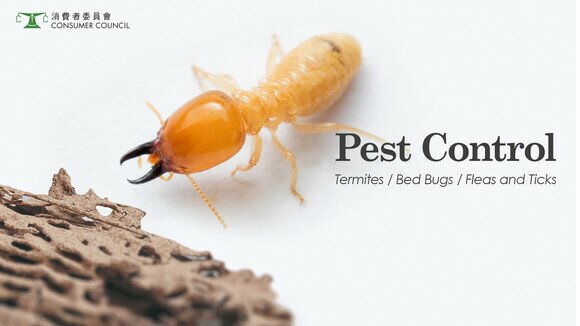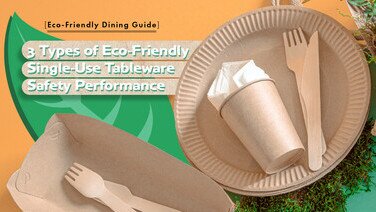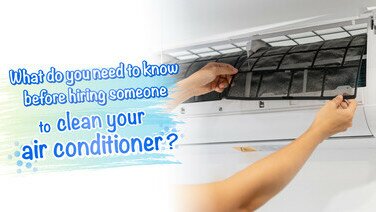Termites: How do they infest?
The common termite species found in Hong Kong are coptotermes formosanus (or C formosanus), odontotermes formosanus, macrotermes barneyi and Reticulitermes, with C formosanus as the more commonly found specie inside our home. This specie does not need soil for survival and can infest different types of buildings such as village houses, low-rise buildings, as well as high-rises. C formosanus can enter a structure via the following:
- Build termite paths through cracks, water pipes and drainage pipes, etc.
- Fly and infest: During swarming seasons, mature flying termites (alates) fly out from their nests to find other suitable places to build new colonies. They usually reproduce in large numbers in dark and humid corners.
Methods Of Termite Control
- Liquide termite treatment: Spray liquid termiticide directly at the infested areas. Sometimes drilling and injection (e.g. through wooden door frames, skirtings, built-in wardrobes, timber floor boards, etc.) are required to reach the termites. This method is usually used if instant treatment is needed. Follow-ups, further inspections and regular treatments are required afterwards to ensure desirable results.
- Termite bait system: Use insect growth regulators and substance that termites feed on (e.g. cellulose) as baits and place them in the active infestation areas either above or under the ground. Worker termites feed on these baits and carry them back to their colony to feed other termites. As the termites die off, the colony declines and ultimately leading to its elimination. Bait systems cannot deliver instant results and pest control professionals need to conduct regular inspections and add / replace baits as necessary.
Bed Bug Control
Physical treatment:
- Vacuuming: Run vacuum cleaner over bed bug prone areas such as walls, wall papers, bed frames, wardrobes, clothes, bedding, sofas and curtains to capture bed bugs. Put pesticide inside the vacuum bag to kill the pests.
- Steaming: Use steaming machine with a temperature setting of ~80°C to kill bed bugs that are on the surface and inside the cracks of mattresses, sofas, curtains and other household furniture. Use residual pesticides to prevent bed bugs from coming back.
- Washing: Seal the infested clothes, bed sheets and curtains in plastic bags or containers and soak / wash them in hot water of 80°C or above. Dry the clothes and bedding in a drying machine for better results. After washing and drying, clothes / bedding should be stored in sealed plastic bags and containers first. They should only be put back for use if no bed bug is detected.
Heat treatment:
If the infested area or room can be isolated or sealed off, then dry hot air can be pumped into the infested area or otherwise heat up the room to maintain a temperature of 45°C to 60°C for at least 60 minutes, This method is however less common in Hong Kong.
Chemical treatment:
Spray or inject residual pesticides on the hidden areas and inside the cracks and crevices of walls, skirtings, bed frames, wardrobes, floor boards, door frames and sofas, etc., to reach and kill the bed bugs. Diatomaceous earth can also be dusted over the infested areas to erode the protective layers of bed bugs. Without this coating, bed bugs will dehydrate and die.
Environment control:
Actions include: periodic inspection and cleaning of furniture; frequent washing of bedding and clothing; keeping a clean and tidy home environment; avoid using second-hand furniture; removing loose wall papers; and filling in cracks and holes of walls, furniture and other structures where bed bugs can easily breed.
“SMART TIPS” on the selection of pest control company
After learning about the pest control methods as set out above, consumers should be more equipped in choosing the right pest control company!
- Choose a specialist pest control company of good reputation. Ask the company to provide information relating to the technical training of its staff (such as certificates) for reference.
- Shop around! Different pest control companies may use different treatment methods. Even if the same method is applied, the service charge may differ due to variations in treatment area and type and quantity of chemical and devices used. Therefore, consumers should compare different companies for their treatment methods and procedures, and whether free follow-up services are included, etc.
- Ask the company for a detail price quotation in writing, including information on service charges, treatment area, number of treatments, number and content of follow-up services, etc.
- Based on the initial investigation, the company should be able to provide concrete information including insect infestation prevention and treatment plan / proposal, pesticide products to be used (product name, dosage, the Hong Kong registration number, risks of pesticide residues, etc.) and safety measures. Consumers can request label information on the pesticides to be used.
- If pesticides are to be used, consumers should choose products that are registered in Hong Kong and with clear English / Chinese labels, which are effective but with low toxicity (e.g. synthetic-pyrethroids).
Special Edition: Flea and Tick Control for Pets
Apart from bed bugs, families with pets should not overlook the importance of “flea and tick control”. From the Consumer Council’s previous review, most flea and tick spot-on products recommended application on the back or neck areas of pets so that the pets could not easily scratch or lick the products. Consumers should also exercise care in the application as there had been cases when some consumers misapplied products for dogs to cats, leading to their pets’ death. Spot-ons containing permethrin, cyphenothrin and phenothrin were involved in some of these fatal cases.
“SMART TIPS” on the application of flea and tick control products and spot-ons
- Spot-on products should be applied directly to the pet’s skin instead of its coat to avoid / reduce residual pesticide.
- Apply the product around the back of the pet’s neck area to prevent it from accidently licking the product. To avoid any allergic reaction, try the product on a small affected area first and observe for 2 days. Only apply the product to a wider area if there is no adverse reaction.
- Read the label carefully for “Directions” and “Warnings” before use. Unless a product specifically states that it is suitable for puppies and kittens, do not use it on any puppy / kitten.
- Weigh the pet before applying any spot-on product and make sure the specific product is suitable according to the size and weight of the pet.
- Monitor the pet closely for any adverse reaction especially after the first treatment. Be ready to bathe your pet with plenty of water and a mild cleansing agent at the first sign of problem. Seek medical help from a veterinarian immediately if sever reactions develop, such as vomiting, diarrhea, tremors and seizures, etc.
- Spot-on products should not be used on a pet if it is weak, old, sick, taking other drugs, pregnant / lactating or allergic to flea control products.
For more information on pest control, please click here (Chinese version only).
Learn more about “All You Need To Know About “Guarding” Against Mosquitos, Pests (Bugs) and Dust Mites” and “Mosquito Control”.








![[Baby Snacks Guide] Who Says Snacks Can’t Be Healthy?](/f/guide_detail/415742/376c212/bb%20snack.jpg)


